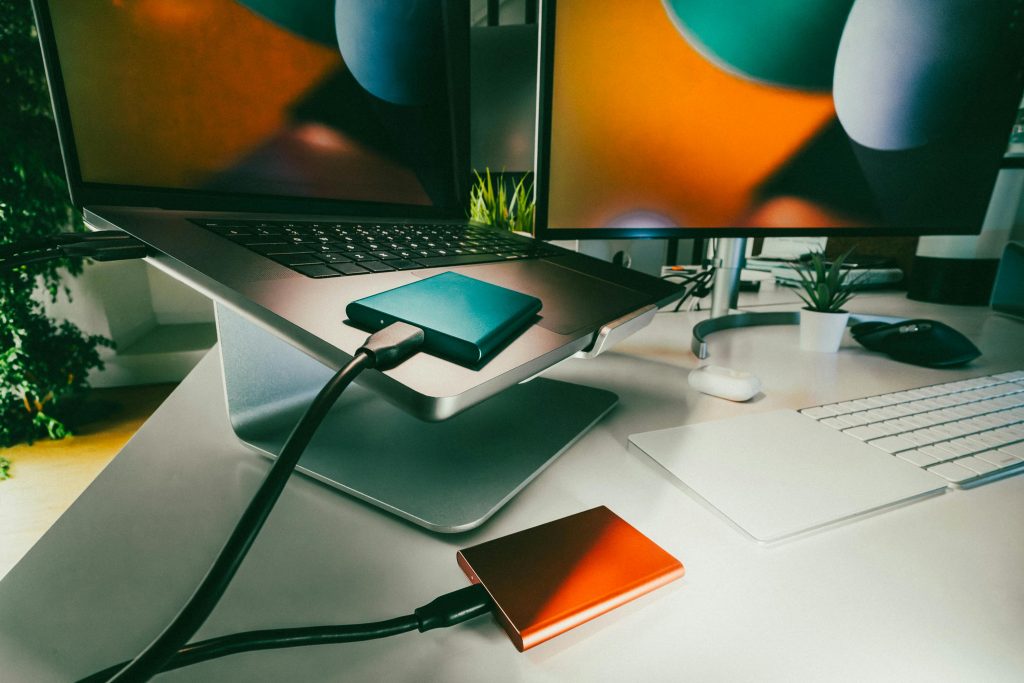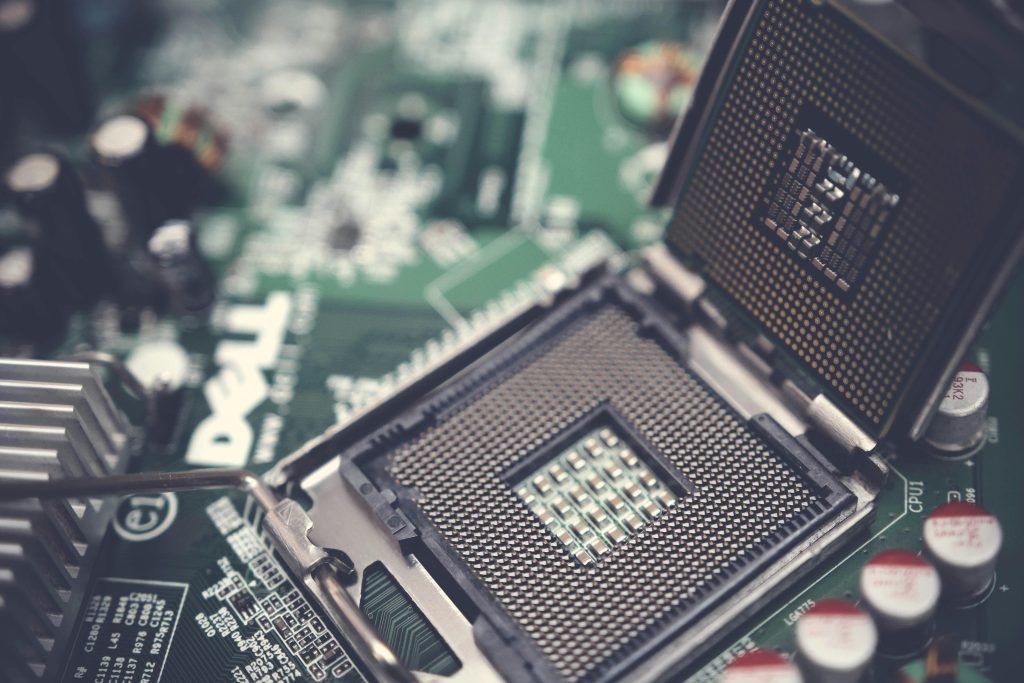Troubleshooting Persistent Crashes After Gaming: A Detailed Analysis
If you are experiencing frequent system crashes following the closure of games or graphically intensive applications, you are not alone. Many users encounter this issue, and while it can be incredibly frustrating, understanding the underlying causes and potential solutions can be invaluable.
The Problem at Hand
Users report that their systems crash shortly after exiting a game, often leading to an immediate restart without any supporting error messages. For example, with powerful graphics cards like the NVIDIA GeForce RTX 3090 Founders Edition, many gamers have experienced these issues, even after attempting multiple troubleshooting efforts.
Initial Troubleshooting Attempts
Upon encountering these issues, several troubleshooting steps can be considered:
-
Driver Reinstallation: Many users begin by performing a clean installation of their GPU drivers, ensuring that the most up-to-date version is in place. This can often resolve compatibility issues.
-
System File Replacement: When the system indicates that certain files (like
nvlddmkm.sys) cannot be located, some users attempt to manually replace these corrupted files with copied versions. However, this approach may not always yield results. -
Operating System Reinstallation: In more severe cases, reinstalling Windows can prove effective. This step, while time-consuming, can eliminate software conflicts that may lead to crashes.
-
System Settings Adjustments: To further mitigate the problem, users may disable the automatic restart feature following a system crash, allowing them to analyze any error messages that might be displayed.
Analyzing Error Messages
The key error associated with these crashes is typically related to a “VIDEO_TDR_FAILURE,” which signifies that the operating system’s attempt to reset the graphics driver was unsuccessful. The diagnostic logs often point to the following crucial information:
- Bug Check Code: The error logs reveal a
Bug Check Code 116, suggesting a timeout occurred during a graphics operation. - Driver Reference: The error frequently references
nvlddmkm.sys, indicating that the NVIDIA display driver may be a culprit.
Potential Causes Behind the Crashes
Identifying the root cause of these issues can lead to more permanent solutions. Here are a few potential areas to explore:
-
Driver Issues: Even the latest drivers can sometimes have bugs. Downgrading to a previous driver version that is known to be stable can be worth attempting.
-
Power Supply Concerns: Given the power
Share this content:



Hi, thank you for sharing detailed information about your issue. Persistent crashes after gaming, especially with high-end GPUs like the NVIDIA GeForce RTX 3090, can often be related to driver stability, power supply issues, or system configuration problems. Here are some troubleshooting steps you can try:
sfc /scannowin an elevated Command Prompt to ensure system files are intact.